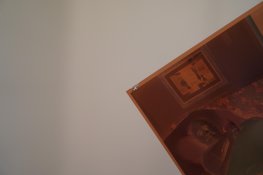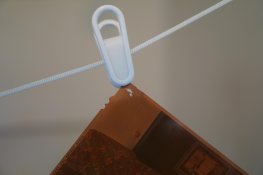jacnorectangle
Member
Today I developed 4x5 Portra using the taco method in a Paterson tank with Flexicolor chemistry and the corners on 2 of the sheets are rubbed off. This happened with the previous roll of film. That roll was from a camera that had been dropped in the mud so I assumed that's what had caused it. But the other roll that I developed with it at the same time didn't have the issue. Anyone ever seen this happen before?














